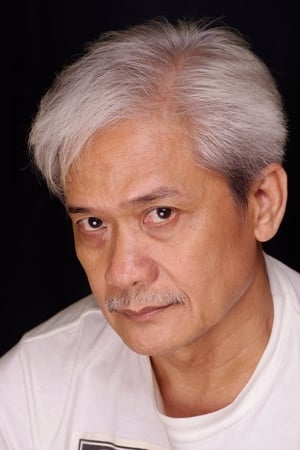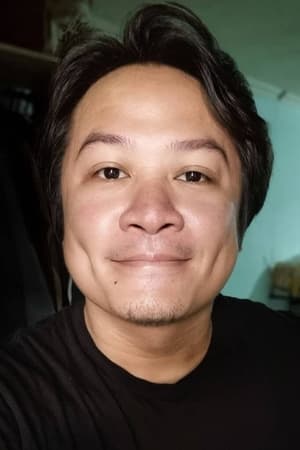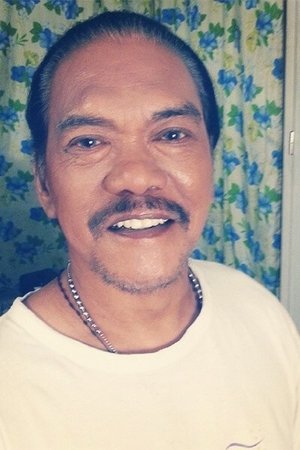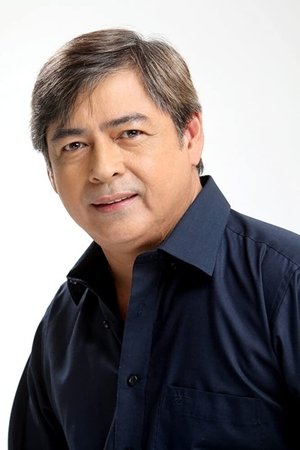
Kamera Obskura
The title “Kamera Obskura” is a Filipino spelling of the latin “Camera Obscura” which simply means “dark room”. The film’s concept adheres to formalist cinema, where the filmmaker’s thesis is to make a semblance of a vintage film seemingly produced sometime in the late 1920s to early 1930s in the Philippines. The thesis is to conjure up a film from a period that did not really exist in Philippine cinema’s historical cultural heritage as we know it, such as a pseudo-expressionist / experimental Filipino cinema of the silent film era. It is a film within a film. The narrative plays with the idea of a retro-futurist world where a prisoner locked away in a dark chamber for over two decades only sees the reality of the world outside through the small hole in his cell, which projects an image of the city on his wall, the phenomenon of the “camera obscura”.
Featured Crew
| Cesar Hernando | Production Design |
| Raymond Red | Cinematography |
| Pablo Biglang-awa | Visual Effects |
| Edrie Myrick Ocampo | Visual Effects |
| Diwa de Leon | Music |
| Danny Red | Production Design |
| Ronald Red | Art Direction |
| Raymond Red | Editor |
| Ditoy Aguila | Sound |
| Mon Confiado | Associate Producer |



